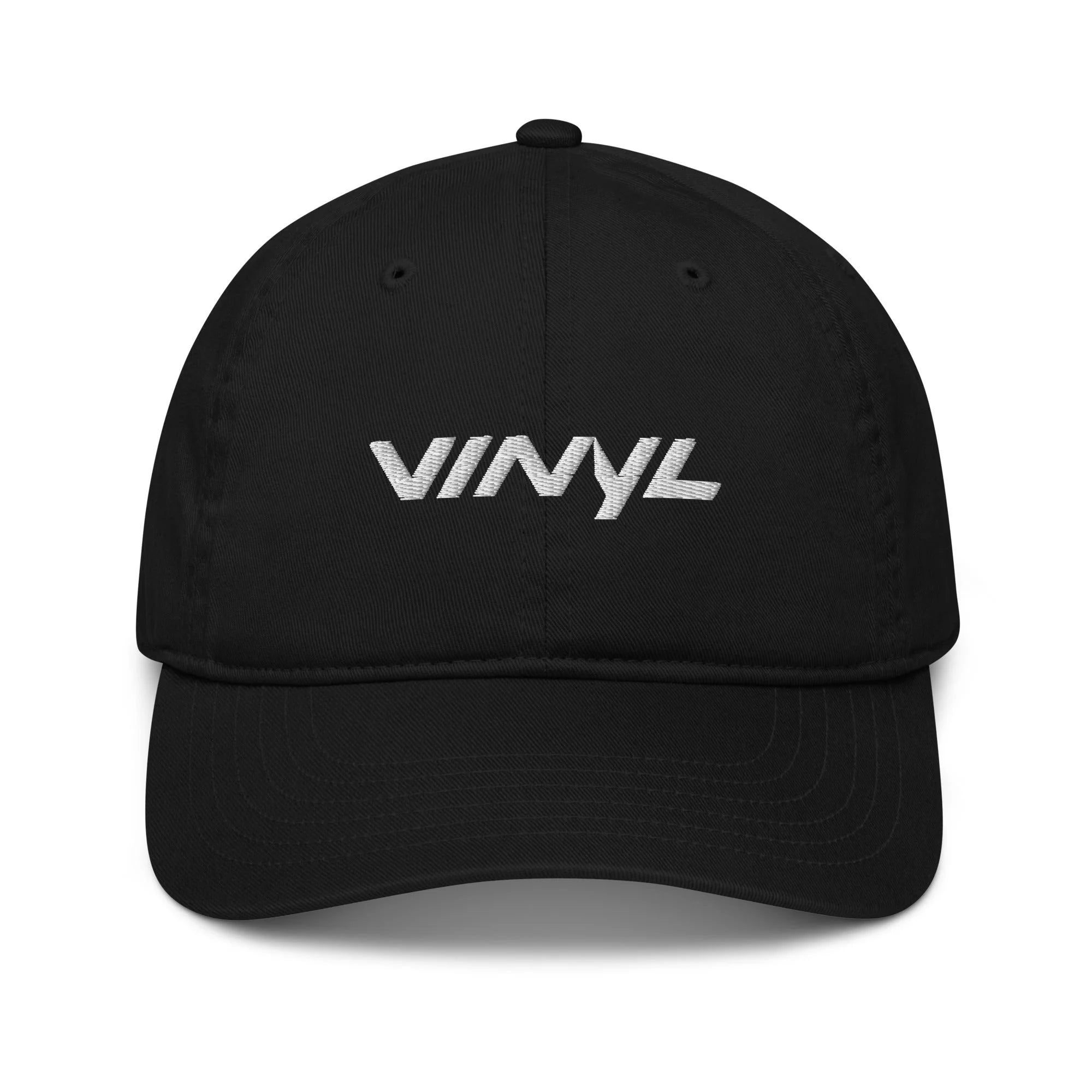Venturing into the world of vinyl collecting is an exciting journey marked by the discovery of musical gems and historic artifacts. However, understanding the condition of a record, often encapsulated in the term "grading vinyl," is crucial in this realm. Grading helps collectors determine the value and quality of a record, ensuring that they make informed decisions whether they're expanding their collection or considering a sale. It's a language shared by collectors worldwide, offering a standardized way of communicating the condition of vinyl records.
Professional vs. Personal Grading Approaches
Professional vinyl grading is rooted in established industry standards, such as the Goldmine Standard, and is often performed by experienced graders using specialized equipment and consistent criteria. This approach aims for objectivity and uniformity, offering buyers and sellers a reliable basis for valuation and reducing ambiguity in transactions. In contrast, personal or informal grading relies on an individual collector’s judgment, which subjective preferences, limited tools, or varying levels of expertise may influence. While personal grading can be practical for home collections, it often lacks the consistency and credibility of professional methods. These differences can have a notable impact on record valuation: a professionally graded record typically commands higher trust and market value, whereas personally graded records may be met with skepticism, especially in online marketplaces. For collectors, understanding these distinctions is essential for making informed purchases, setting fair prices, and maintaining the integrity of their collections.
Understanding the Vinyl Grading Scale
One must understand the practical tips and recommendations for collectors and sellers on how to grade vinyl records and avoid common grading mistakes accurately.
Vinyl Condition Ratings: Mint to Poor
The vinyl grading scale is a detailed spectrum that categorizes records from pristine condition to significantly worn. The vinyl grading guide is comprehensive, providing clear distinctions between each grade:
Mint (M): A Mint record appears perfect in every way, looking as if it has just been removed from the press and never touched. It should bear no marks, fingerprints, or any signs of handling. The cover and any extra items, such as the lyric sheet, booklet, or poster, should be in perfect condition. Mint records are typically the most sought-after and command the highest prices due to their pristine condition and rarity.
Near Mint (NM or M-): This is a slight step down from Mint but still represents a record in superb condition. A Near Mint record should show no obvious signs of wear and should have been handled with extreme care. It's acceptable for a Near Mint record to have been played a few times if it has been treated very well and there is no noticeable deterioration in sound quality. The cover should not have any folds, tears, or other significant flaws, and the same is true for any extra items.
Very Good Plus (VG+): A VG+ record may have some surface noise, especially in quiet passages and during the intro and fade, but this will not overpower the music otherwise. Minor scuffing may be present, but should not affect the listening experience. The cover may have slight wear or creasing, but it should be mostly intact and free of significant defects.
Very Good (VG): Very Good (VG) is a grade for records that have been played more frequently and have noticeable wear and visual imperfections. Surface noise is evident upon playing, especially in soft passages and during a song's intro and outro, but it doesn't overpower the music. The cover and packaging might have folding, scuffing, seam splits, or other noticeable defects.
Good (G): These records have been played so much that the sound quality has noticeably deteriorated. The cover and contents will be damaged or missing, but the record should still be playable without skipping. A Good grade doesn't mean bad; it's a record that can be put on a turntable and will play through without skipping, but it will have significant surface noise and scratches.
Poor (P): Poor (P) grade records are in the roughest condition. They have significant surface noise and visible groove wear. A cover or sleeve will have seam splits, especially on the bottom or spine. Tape, writing, or other defects will start to overwhelm the object. It's only worth purchasing a record in this condition if it's extremely rare or if you're obtaining it for sentimental reasons.
Understanding the grading system for vinyl records is crucial for collectors and enthusiasts. It ensures that buyers know the condition of the item they're purchasing and sellers can accurately describe their merchandise. The gradation from Mint to Poor offers a detailed spectrum of conditions, accommodating every collector's needs and preferences.
Common Misconceptions About Vinyl Grading
Vinyl grading, while systematic, is not without its misconceptions. Some believe that a visually flawless record guarantees a perfect audio experience, overlooking the fact that even unseen defects can impact sound quality. Others might assume that a record graded as 'Good' is of low value, disregarding its potential worth to collectors seeking rare or unique pressings. Clarifying these misconceptions is key to ensuring that collectors make informed decisions and appreciate the true essence of each grade.
The Role of Visual and Auditory Inspection in Grading
Grading isn't solely about visual inspection. It also involves a careful auditory examination. A record might look impeccable, but produce unwanted noise during playback. Conversely, a vinyl with visible marks might deliver a surprisingly clear sound. Record collector vinyl grading involves a holistic approach, considering both how a record looks and how it plays. This balanced evaluation ensures a comprehensive understanding of a record's condition, guiding collectors in their journey of both acquiring and cherishing vinyl records.
Practical Tips for Grading Vinyl Records
How to Examine Records for Flaws
Start in a well-lit area, preferably with natural light, to see the surface of the vinyl. Hold the record at a gentle angle, allowing light to reflect off the surface, revealing any fingerprints, dust, or smudges. A soft, clean cloth can be used to gently wipe the surface, removing superficial dirt and providing a clearer view of the vinyl's condition.
Identifying Scratches and Warps
The condition of a vinyl record is paramount for collectors, impacting not just its value but the listening experience it offers. Two common issues that significantly affect a record's playability and grading are scratches and warps. Here's how to identify them:
Scratches: When inspecting a record for scratches, it's essential to look for any lines or marks that cut across the grooves, as these are likely to disrupt the sound. Light scratches might only cause minor audio issues, such as soft clicks or pops. However, deeper scratches are more problematic. They can lead to more severe audio disturbances, including skipping or repeating, as the needle is unable to track the groove accurately. In severe cases, a deep scratch can render a record unplayable in the affected area. Assessing the depth and length of the scratch is crucial in determining how it might affect the playability of the record.
Warps: A warp is a bend or deformation in the record, causing it not to lie flat. To identify warps, lay the record flat on the turntable and observe it closely as it spins. Any rise or dip from the flat plane indicates a warp. The impact of a warp on sound quality can vary. Minor warps might not affect play significantly and could go unnoticed during playback. However, significant warps can cause the needle to skip or produce distorted sound, as the distance between the needle and the record's surface changes unpredictably. In extreme cases, a severe warp can prevent the needle from tracking the grooves properly, making the record unplayable in parts or entirely.
These issues can drastically affect a record's grading, its value, and most importantly, the purity of the listening experience it offers. Understanding the nature and severity of these damages enables collectors to make informed decisions when assessing potential additions to their collection or determining the condition of their current records.
Assessing Sleeve Wear and Tear
The condition of the record sleeve is also a significant factor in vinyl grading. Check for seam splits, ring wear, or discoloration. The sleeve protects the vinyl and often holds valuable artwork and information, making its preservation crucial for collectors. A well-maintained sleeve not only enhances the visual appeal of a record but also contributes to its overall value.
The Nuances of Vinyl Aesthetics vs. Play Quality
The aesthetics of a vinyl record and its play quality are intertwined yet distinct aspects of vinyl grading. A visually appealing record with vibrant artwork and a pristine surface can be a collector's pride, but if it produces poor sound quality, its value diminishes. Conversely, a record with visible wear that plays beautifully holds its charm. Balancing these nuances is key in grading, ensuring that the visual and auditory experiences complement rather than detract from each other.
Buying and Selling: Grading's Role
Grading Vinyl and How to Buy Vinyl Records Online
Purchasing vinyl records online introduces a unique set of challenges, primarily due to the inability to physically inspect the record. In such cases, the vinyl grading system becomes a lifeline. Sellers should provide a detailed, honest grading and ideally accompany it with high-quality photos or even audio samples. As a buyer, scrutinize the grading given, and don't hesitate to ask the seller for more information or clarification to ensure your expectations align with the record's condition.
What to Look for in Store Purchases
Buying from a vinyl record store allows for a hands-on assessment. Use this opportunity to inspect the record and sleeve as discussed earlier, visually. Additionally, many stores have listening stations where you can audibly check the record's quality. Engage with the staff; their expertise and insights can be invaluable, especially in understanding the nuances of that particular store's grading standards.
Accurately Grading Vinyl for Sale
If you're on the selling end, providing an accurate grade is paramount. It builds trust and ensures repeat business. Play the record in its entirety, listening for any issues. Inspect the vinyl and sleeve under a strong light. Be transparent about any flaws, and if possible, provide clear images and audio clips. This honesty not only respects the world of record collector grading but also your buyer's passion and investment in vinyl collecting.
Communicating Conditions to Buyers
Effective communication with potential buyers is crucial. Your description should be detailed and reflect the vinyl condition guide accurately. Use the established terminology from the vinyl grading scale, but also include specific details about any wear, scratches, or unique marks. This clarity helps avoid misunderstandings and returns, ensuring a smoother transaction for both parties.
The Subjective Nature of Vinyl Grading
Personal Interpretations in Grading
While the vinyl grading scale provides a framework, personal interpretations inevitably play a role. Two individuals might assess the same record differently based on their experiences, expectations, and even the equipment they use for evaluation. This subjectivity is not a flaw but a characteristic of the vinyl community, reflecting the personal connection that collectors have with their records. Acknowledging this personal touch adds depth to the grading process, making it as much an art as a science.
Balancing Honesty and Subjectivity
Striking a balance between personal judgment and honesty in grading is vital. While one's grading might lean towards a more lenient or strict interpretation, transparency about the criteria used and the condition of the record is paramount. This balance ensures that while personal nuances in grading are respected, the foundational integrity of the grading system is upheld, making transactions fair and straightforward.
Advanced Aspects of Vinyl Grading
Grading Rare and Unique Pressings
Handling rare and unique pressings requires a deep understanding of the vinyl grading scale. These records often come with their own set of challenges, from limited edition releases to historic pressings. In such cases, collectors and sellers should consider factors like rarity, historical significance, and market demand when assigning a grade. Additionally, providing detailed documentation and provenance for such records enhances their value and desirability. Disputes over grading can arise, particularly in online transactions. To resolve such issues, collectors and sellers should have a clear dispute resolution process in place. This might involve third-party mediation or, in some cases, a return policy. It's essential to approach these situations with patience and professionalism, seeking an amicable resolution.
The Evolution of Grading Standards Over Time
Grading standards have evolved over the years, influenced by changes in manufacturing, technology, and collector expectations. Recognizing this evolution is crucial, especially when dealing with older records. A vinyl record that might have been considered 'Near Mint' decades ago could have different criteria today. Staying informed about these changes ensures that grading remains relevant and accurate.
As you embark on your own vinyl collecting journey, remember that grading is not just about assessing condition; it's about connecting with the music and the culture that surrounds it. So, whether you're a seasoned collector or a newcomer to the world of vinyl, embrace grading as an essential skill in your toolkit. Let it guide you as you explore the vast and captivating landscape of vinyl records, where each grade is a story waiting to be discovered and cherished. Start your next crate-digging adventure at Vinyl.com. Happy collecting!

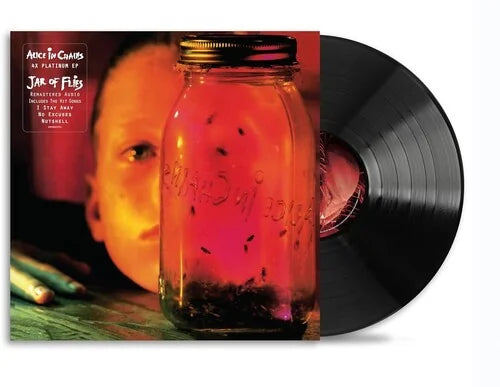
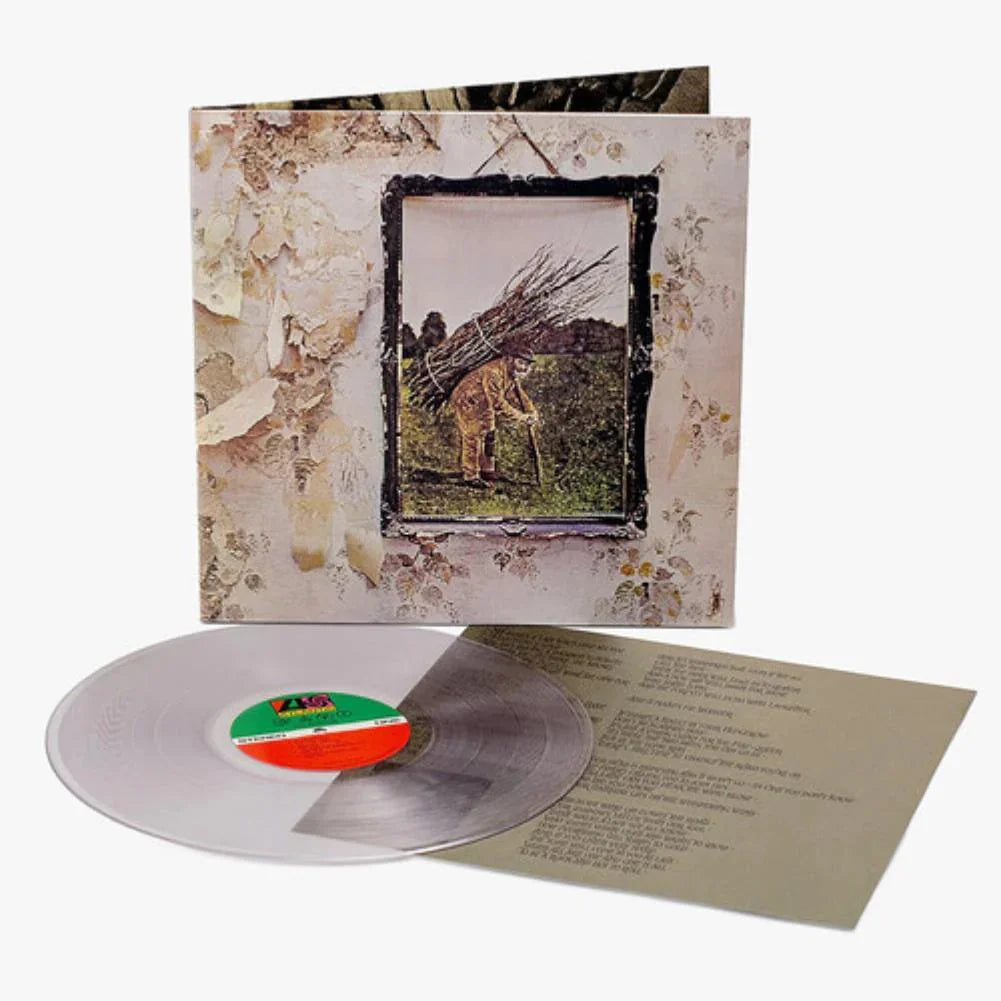

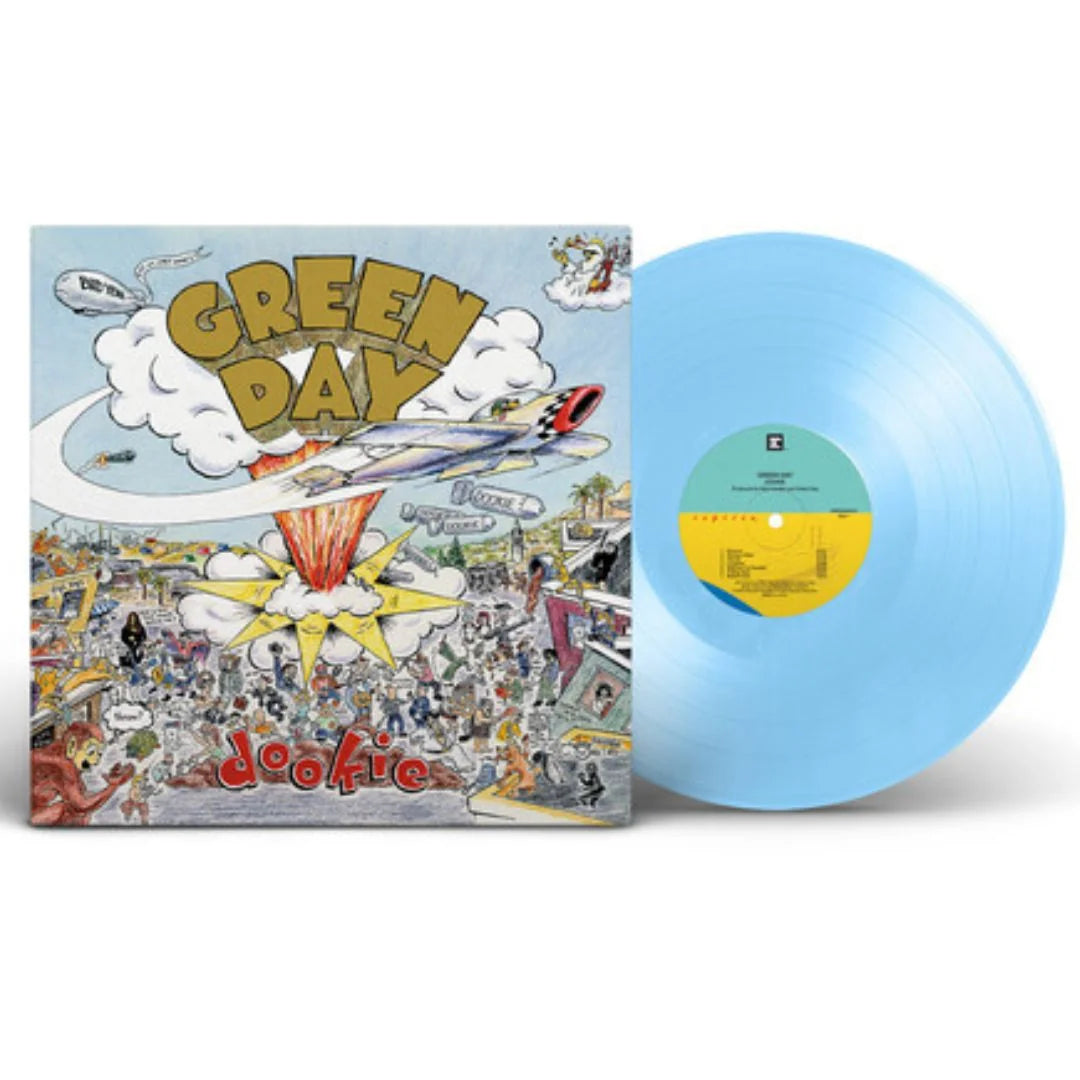
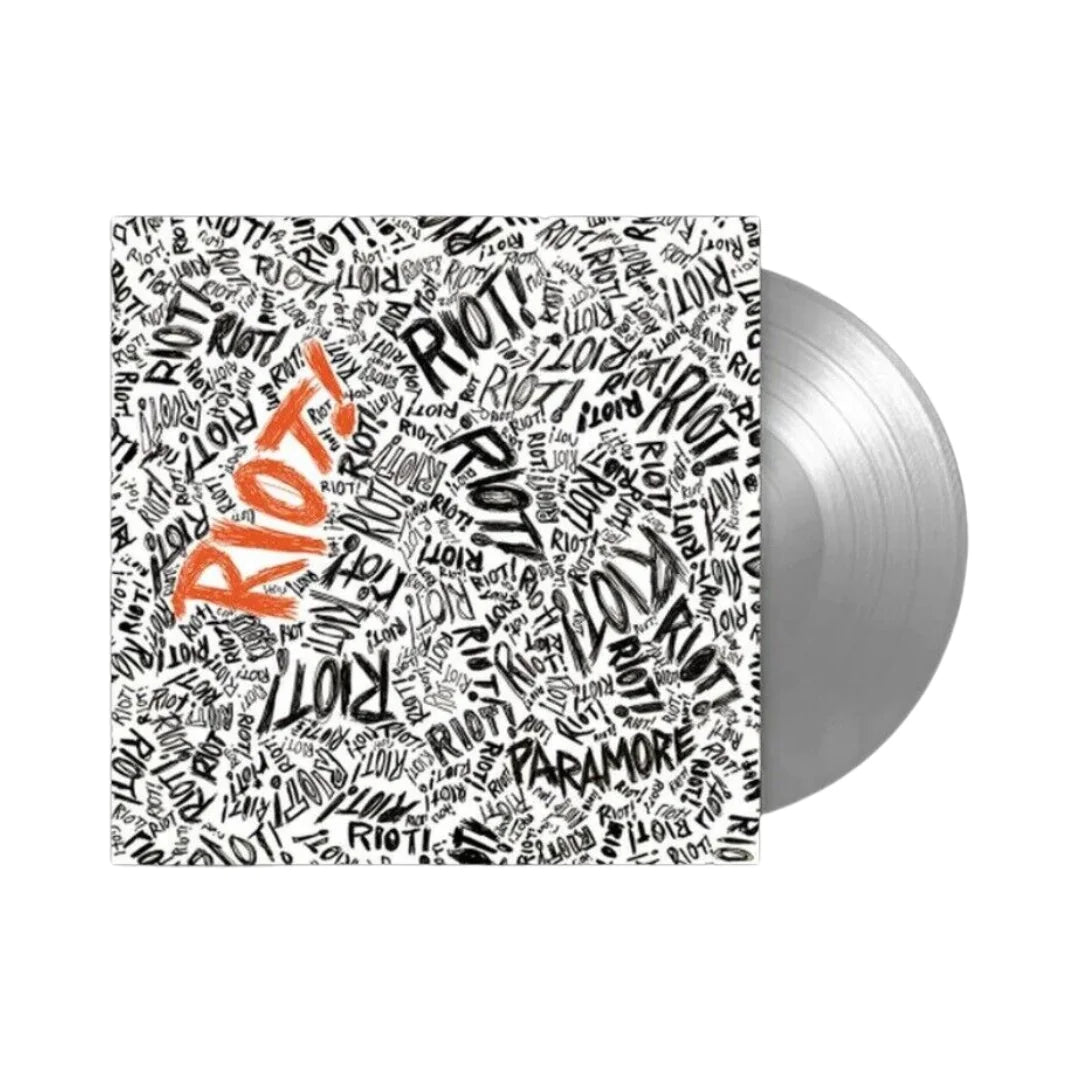
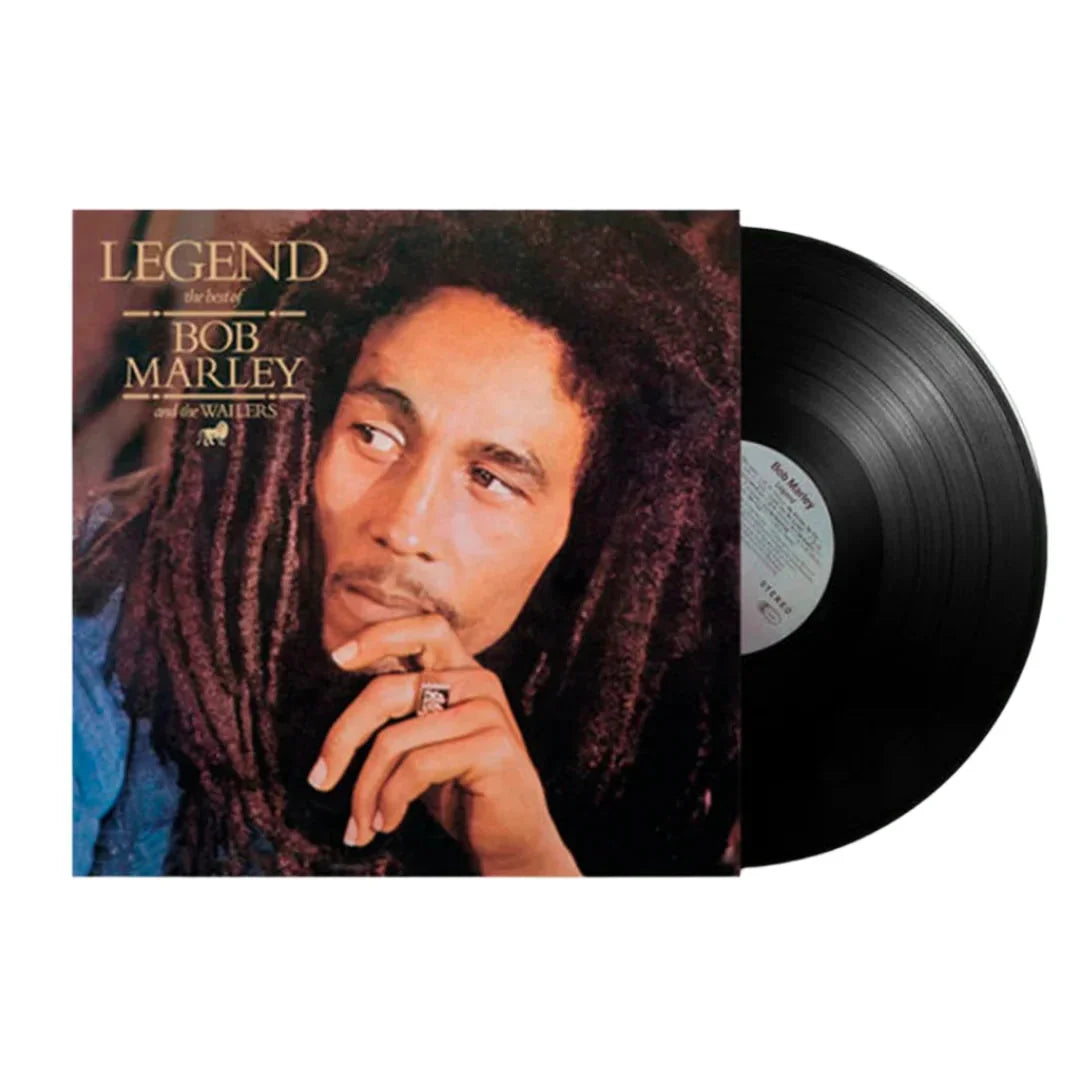
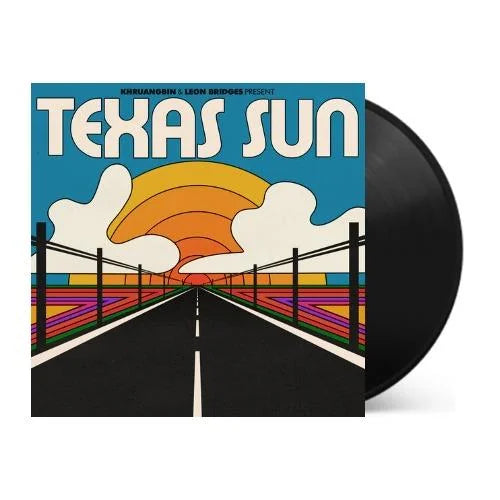
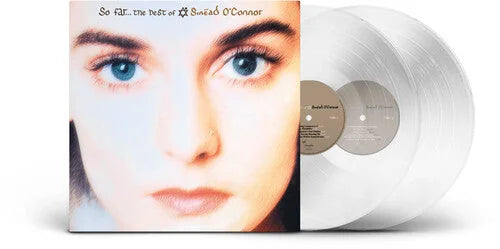
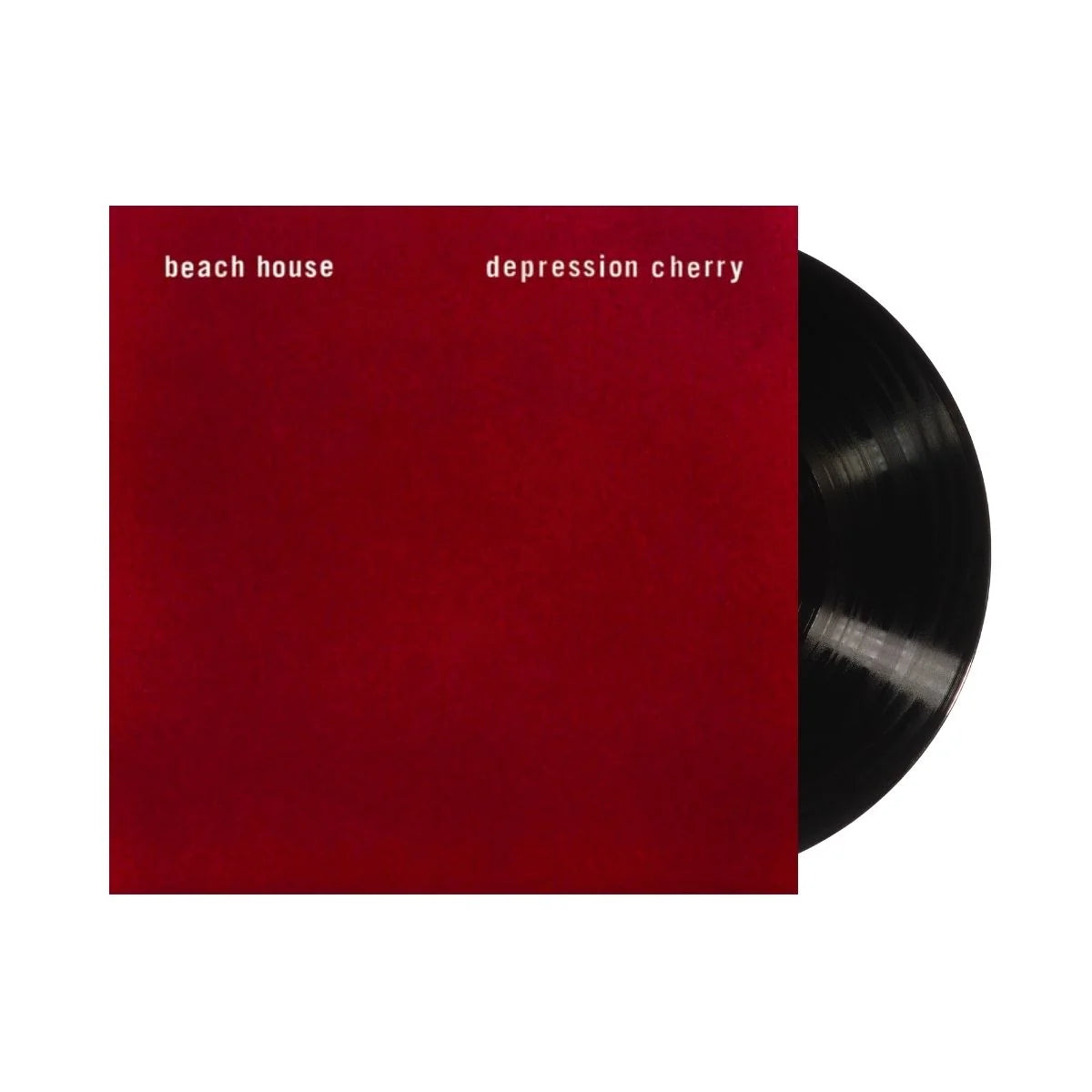
![The Grateful Dead - The Music Never Stopped [6LP Box Set]](http://vinyl.com/cdn/shop/files/The_Grateful_Dead-The_Music_Never_Stopped__6LP_Box_Set.jpg?v=1747729623&width=5760)
![The Grateful Dead - Madison Square Garden, New York, NY 3/9/81 (2023 Rocktober Edition) [5LP Box Set]](http://vinyl.com/cdn/shop/files/4247396-3042523.jpg?v=1758034700&width=5760)

![Sufjan Stevens - Songs For Christmas [5LP Box Set]](http://vinyl.com/cdn/shop/files/3576666.jpg?v=1684195276&width=5760)

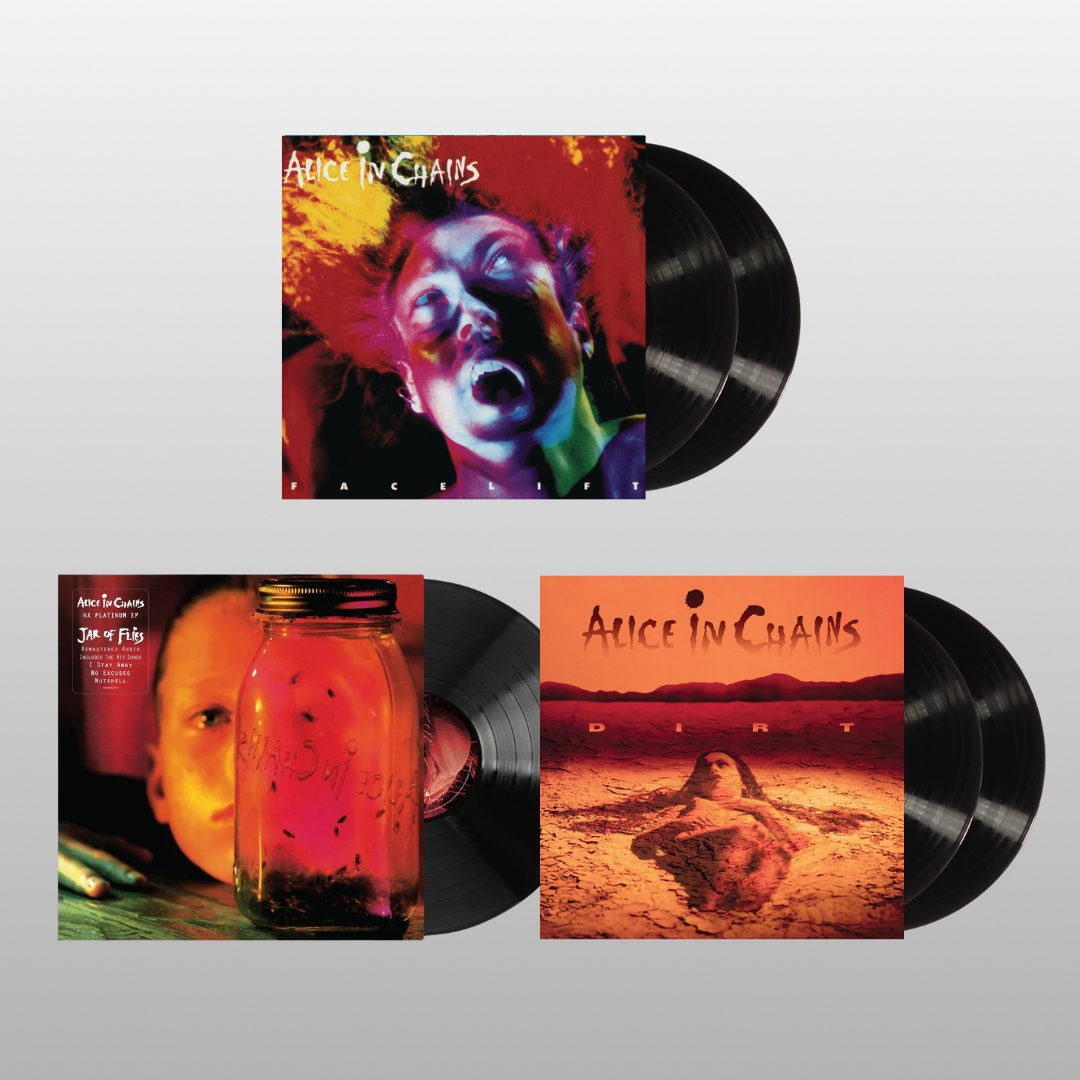
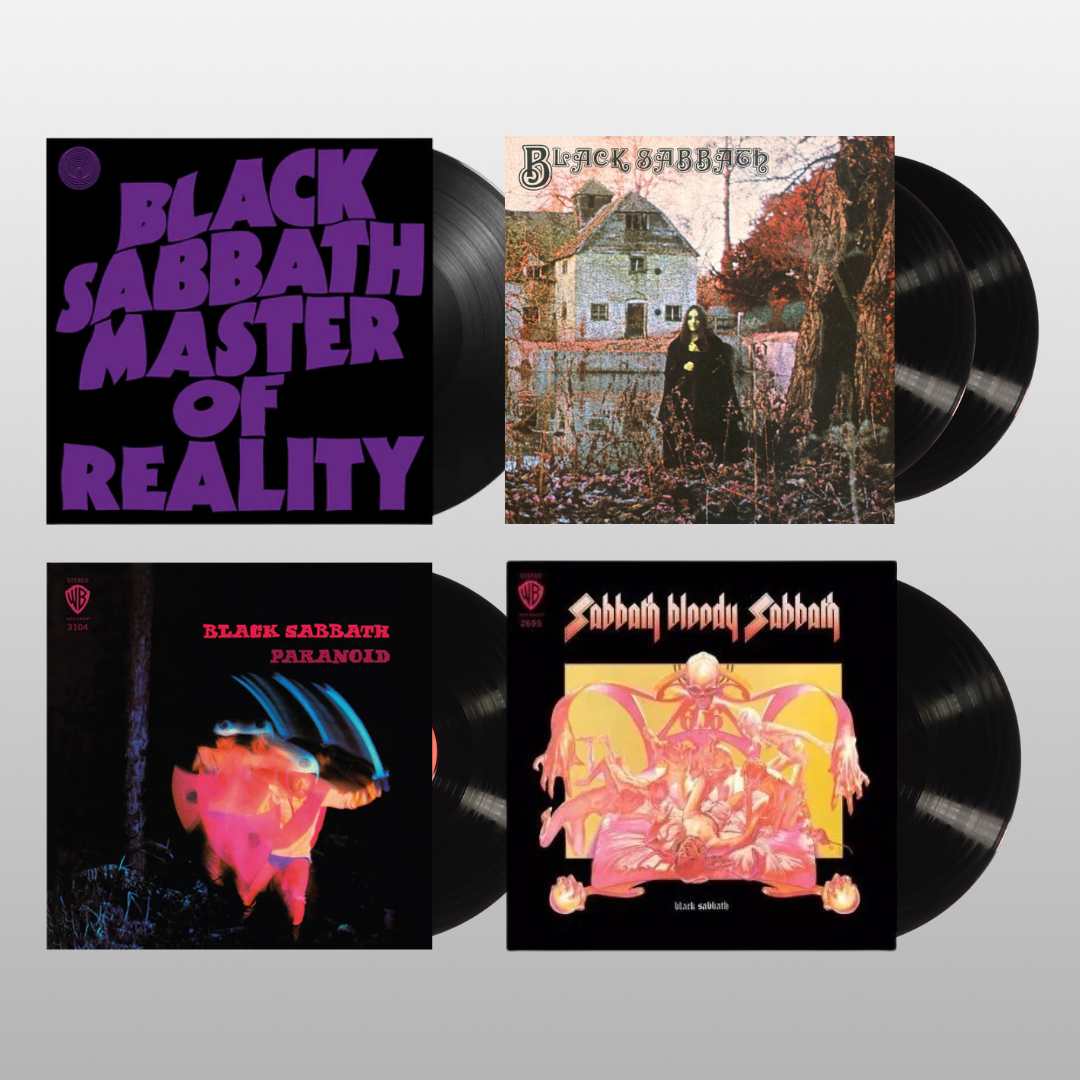

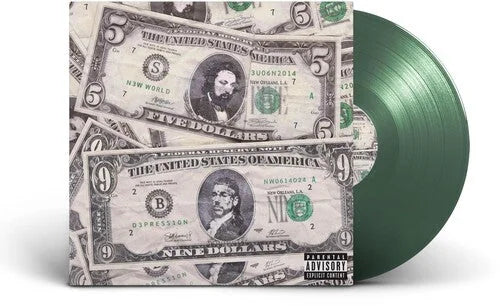
![$Uicideboy$ - Thy Kingdom Come [Clear]](http://vinyl.com/cdn/shop/files/4435583-3407920.jpg?v=1754460746&width=5760)
![(hed) p.e. - New And Improved [Pink]](http://vinyl.com/cdn/shop/files/4425252-3389420.jpg?v=1746578880&width=5760)
![1 Locate S - Wicked Jaw [Sky Blue]](http://vinyl.com/cdn/shop/files/4217742-2982879.jpg?v=1693273095&width=5760)

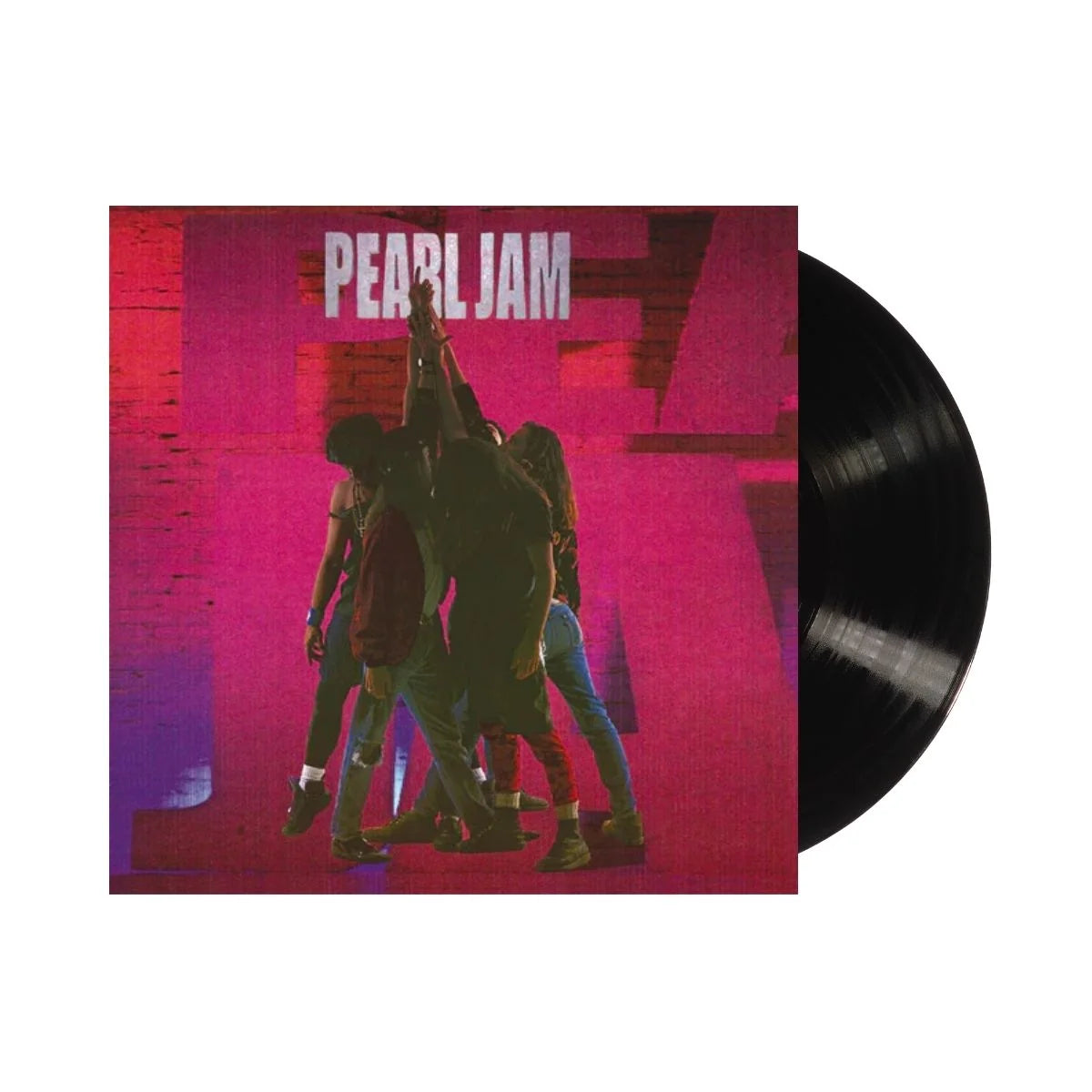

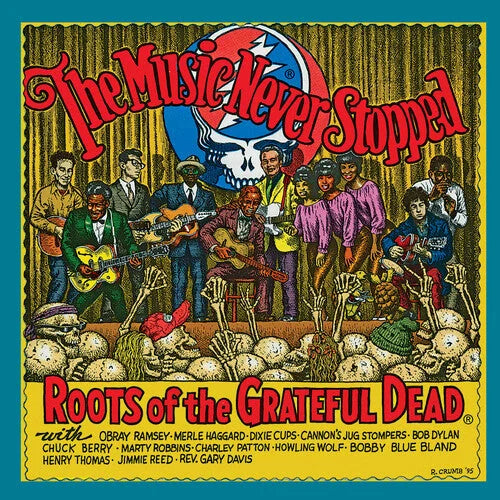

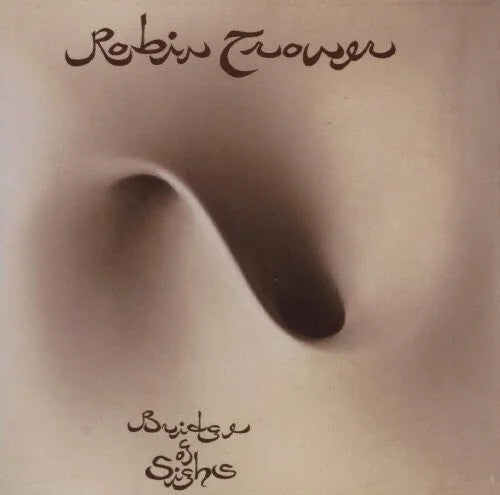
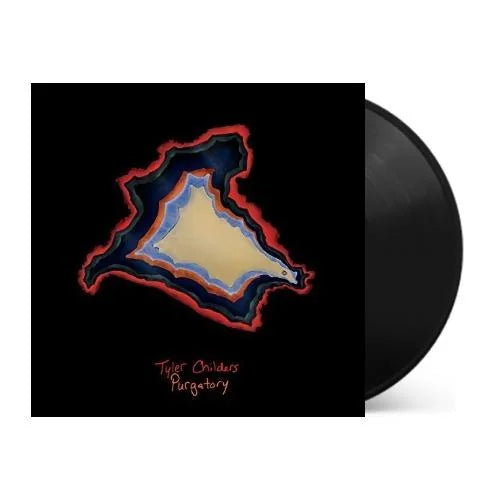

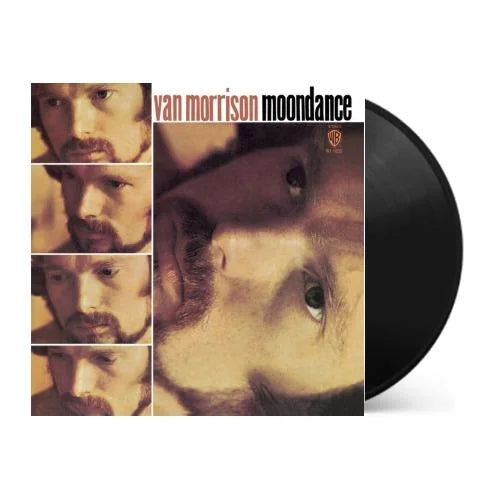
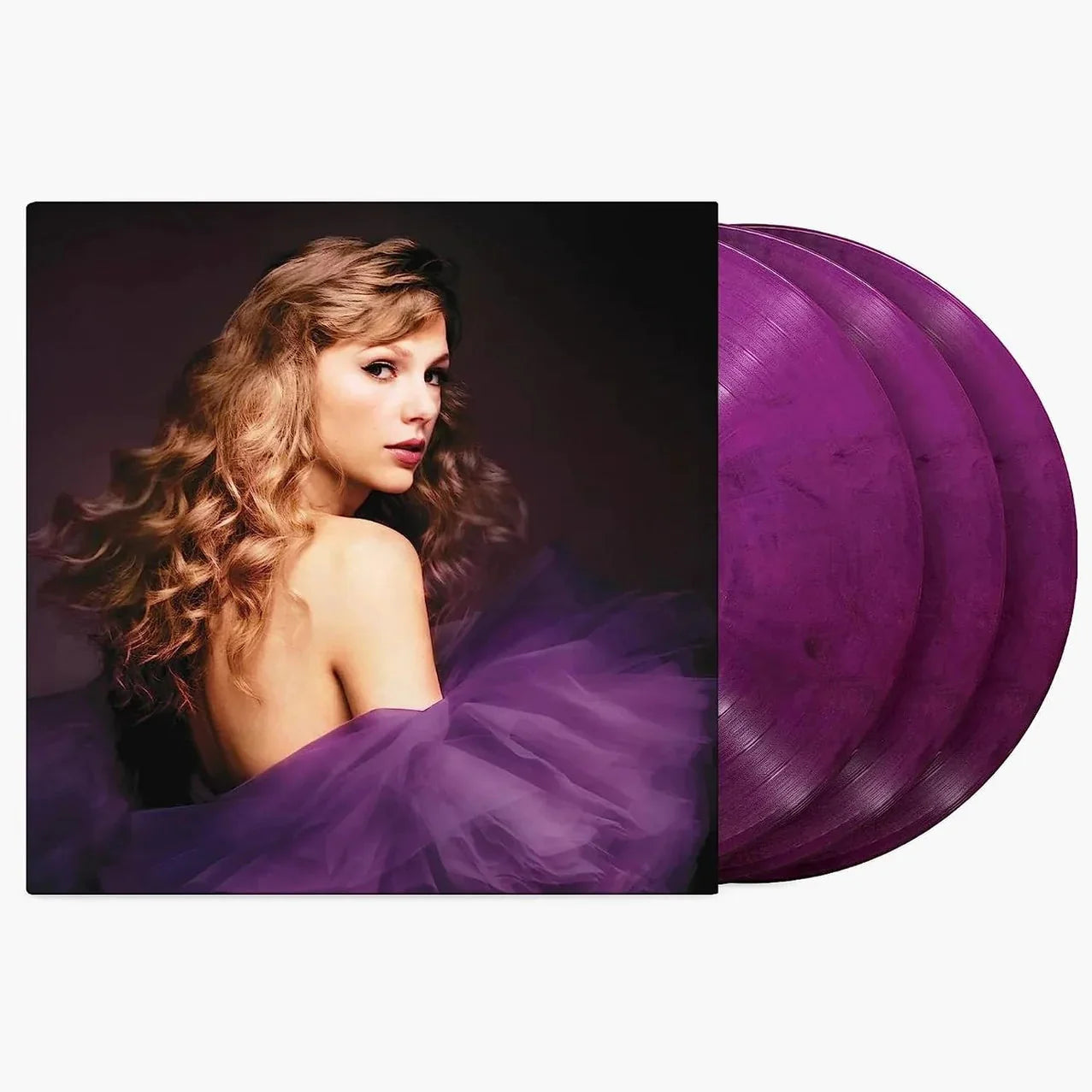
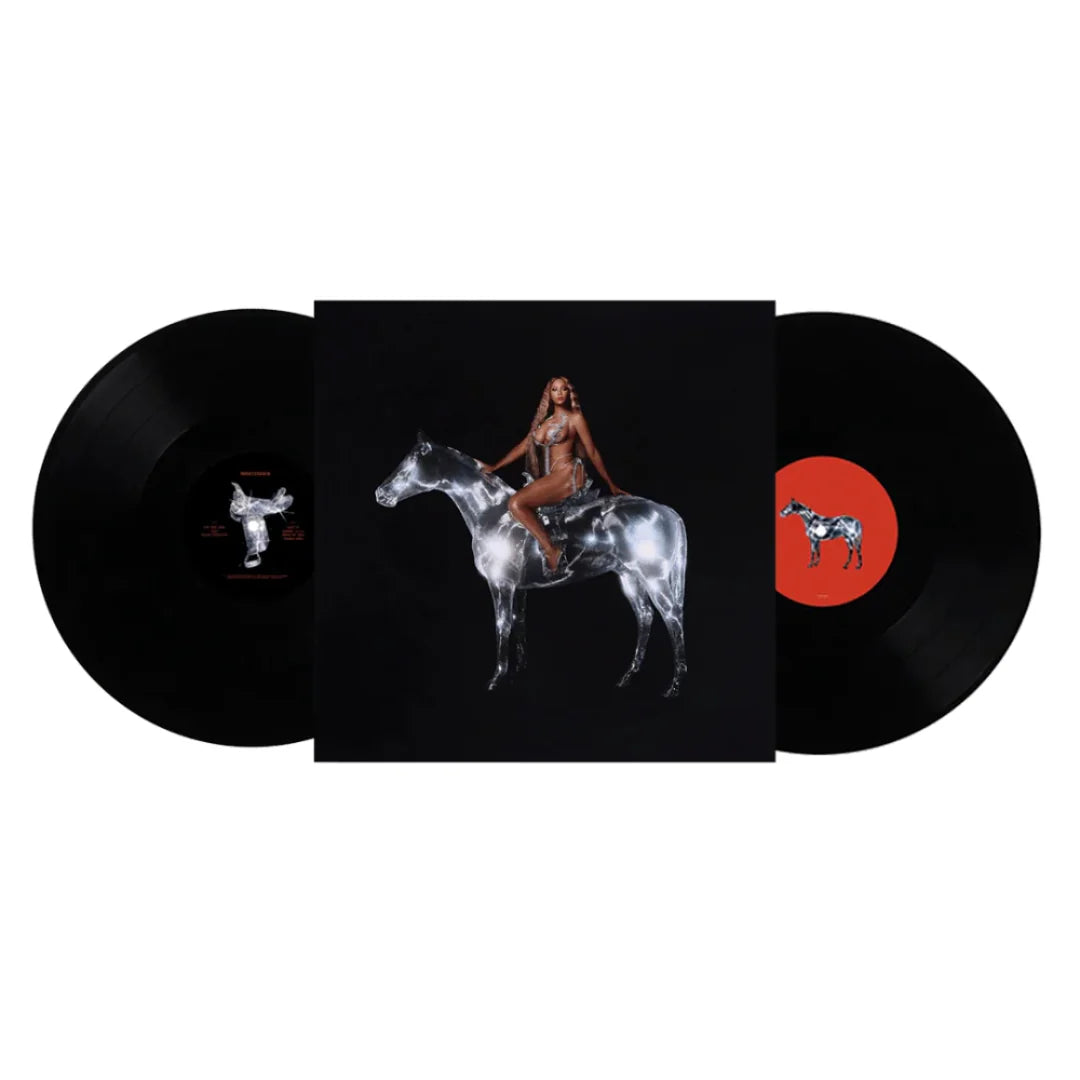
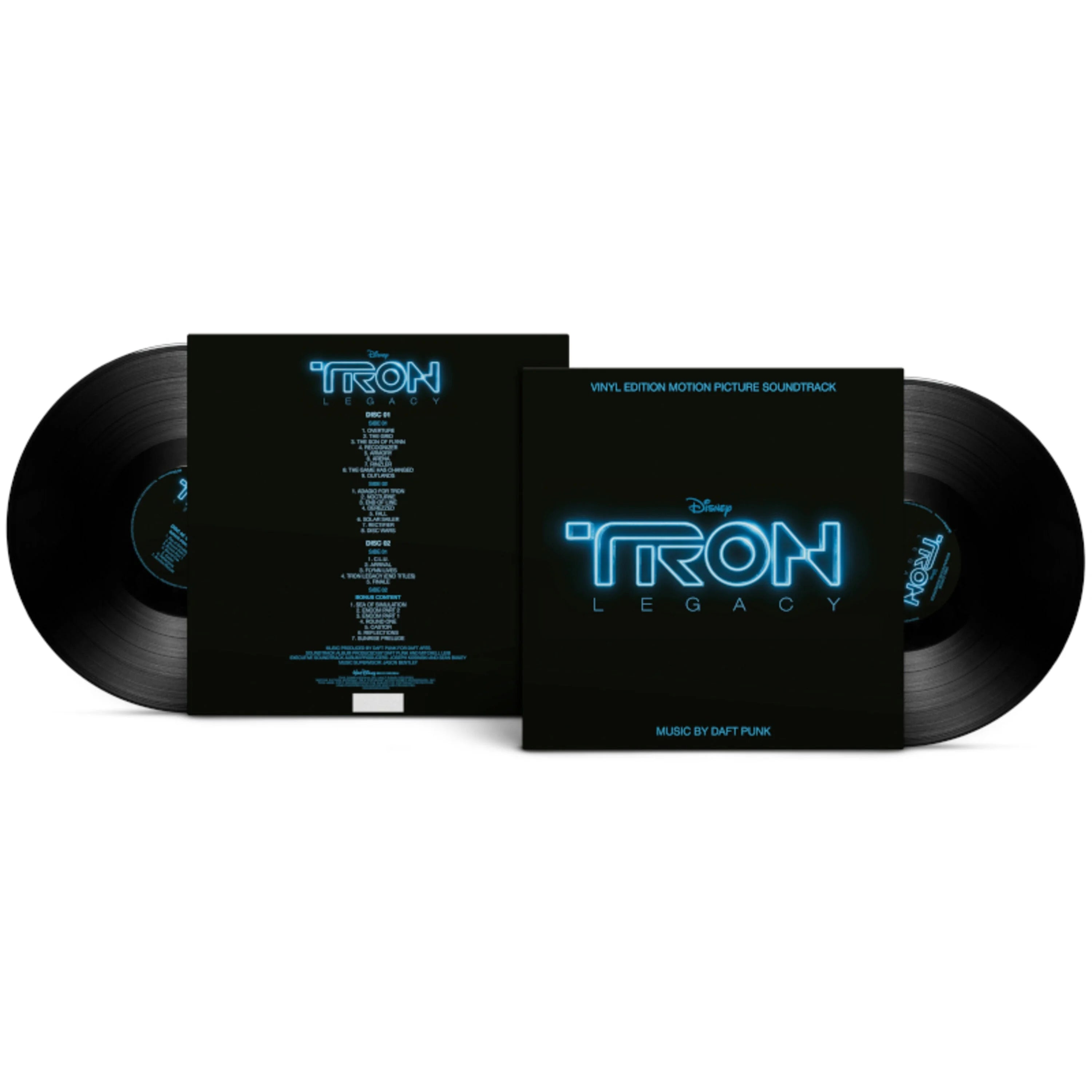

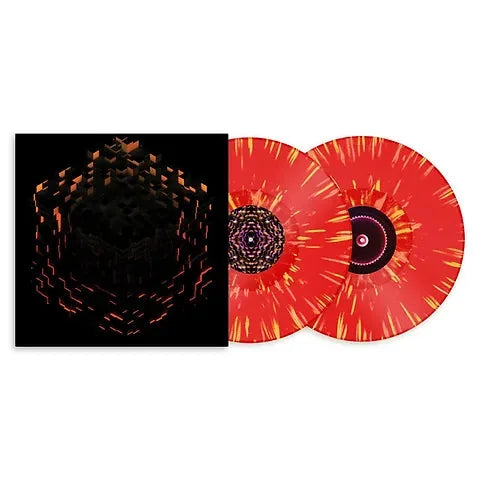
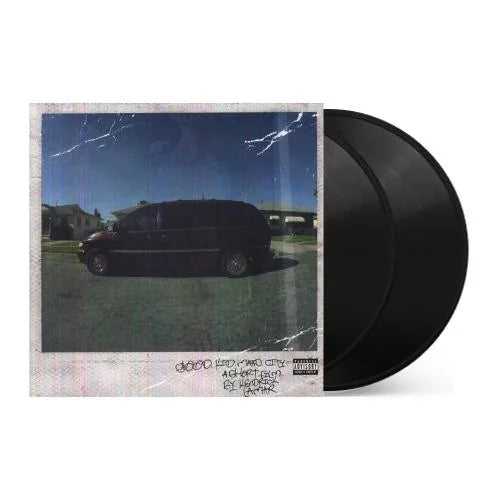

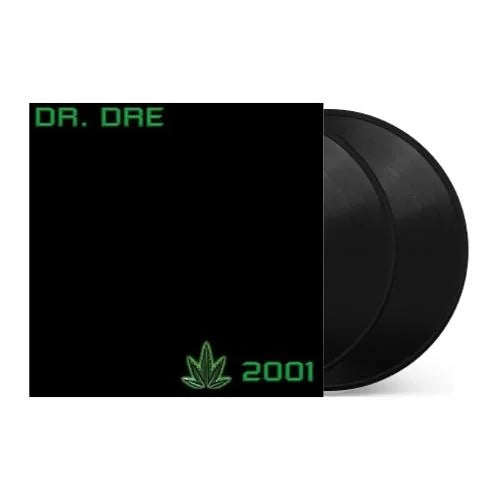
![Miles Davis - Kind of Blue [180-gram]](http://vinyl.com/cdn/shop/files/Y4LPMD03.webp?v=1742198237&width=5760)


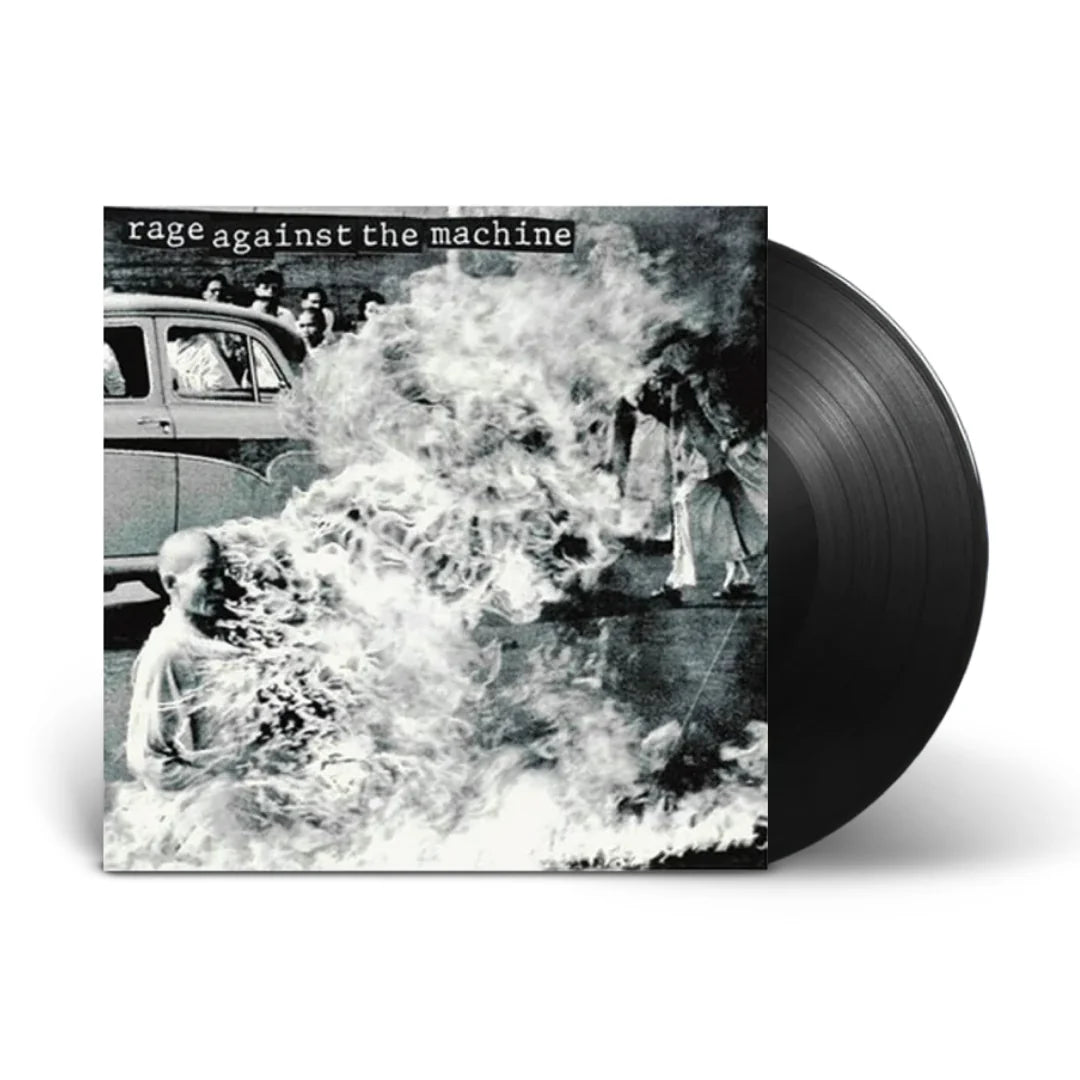
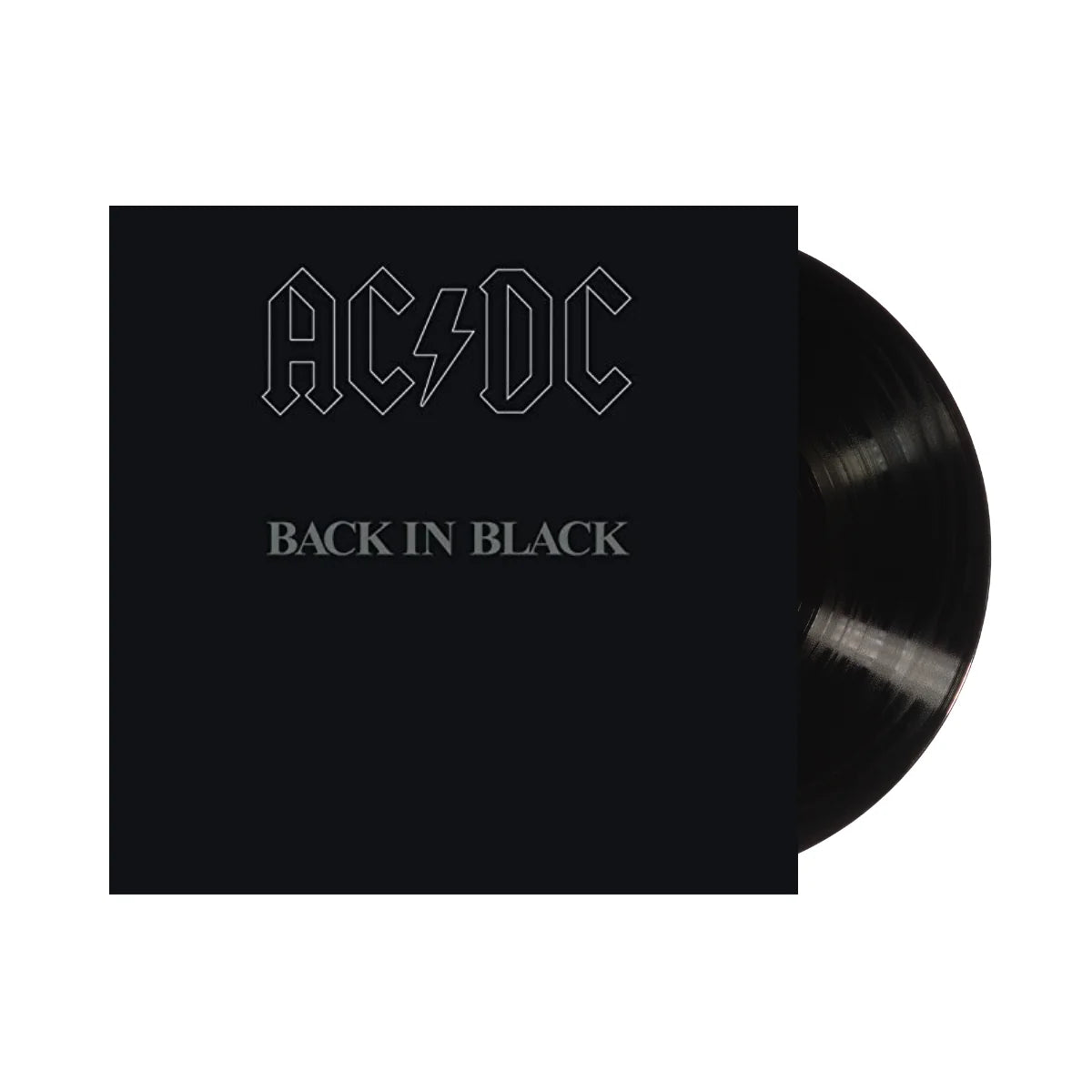
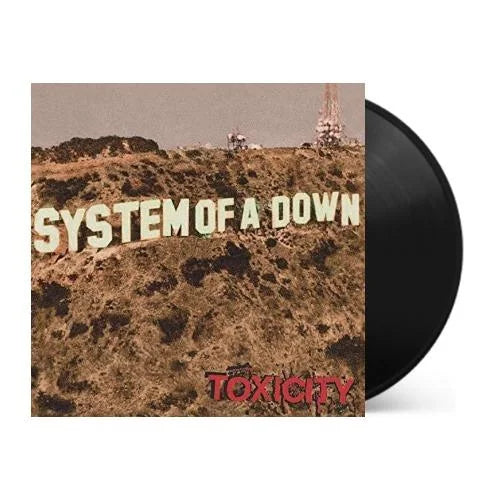
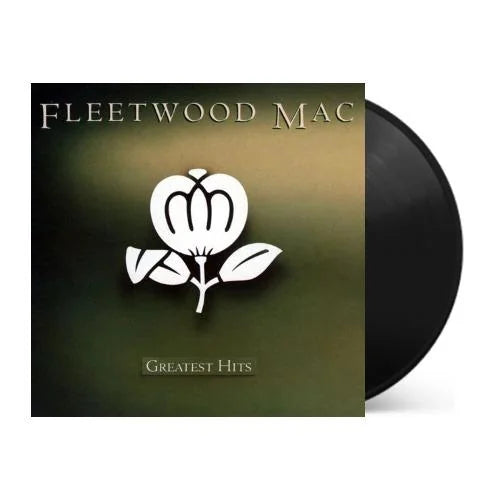

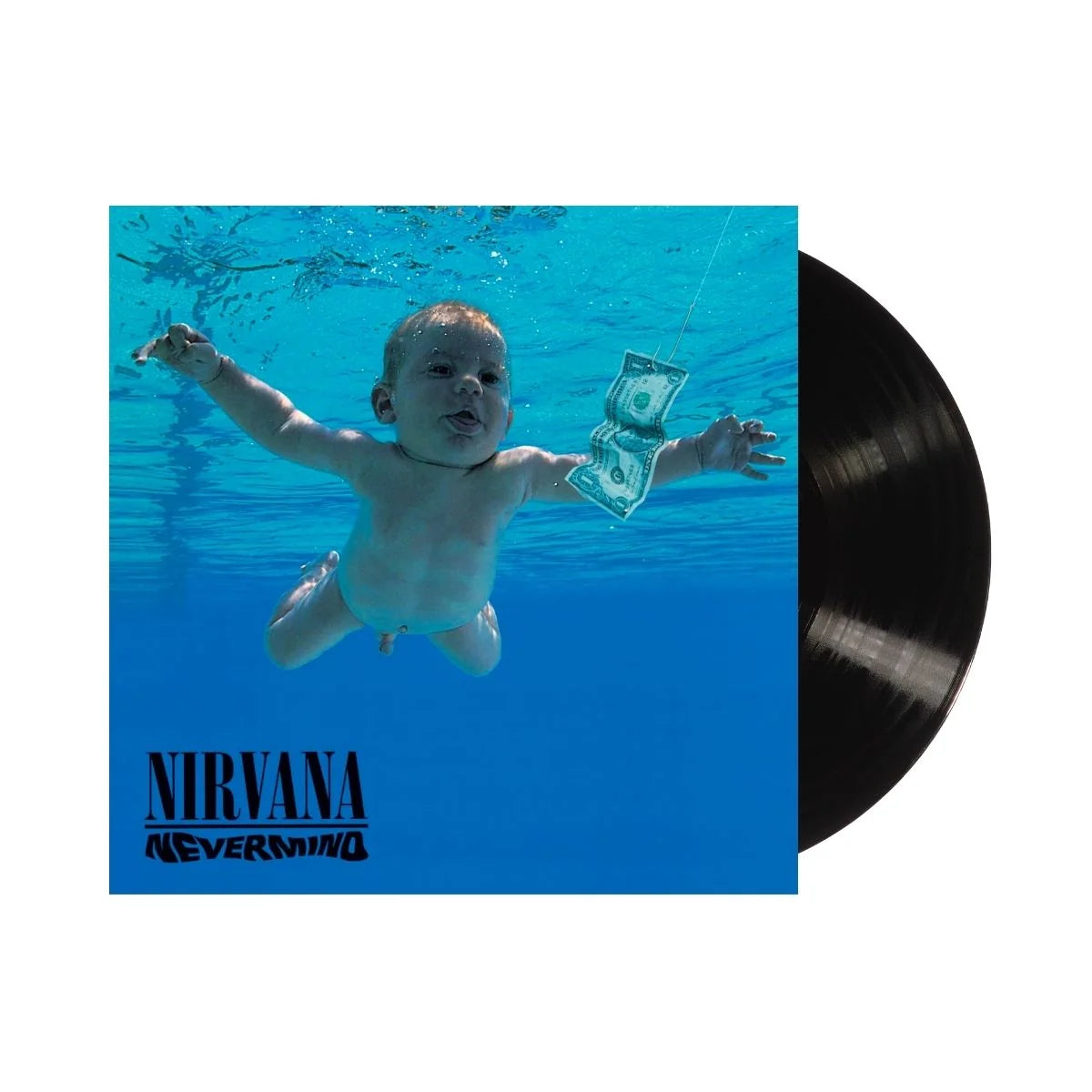
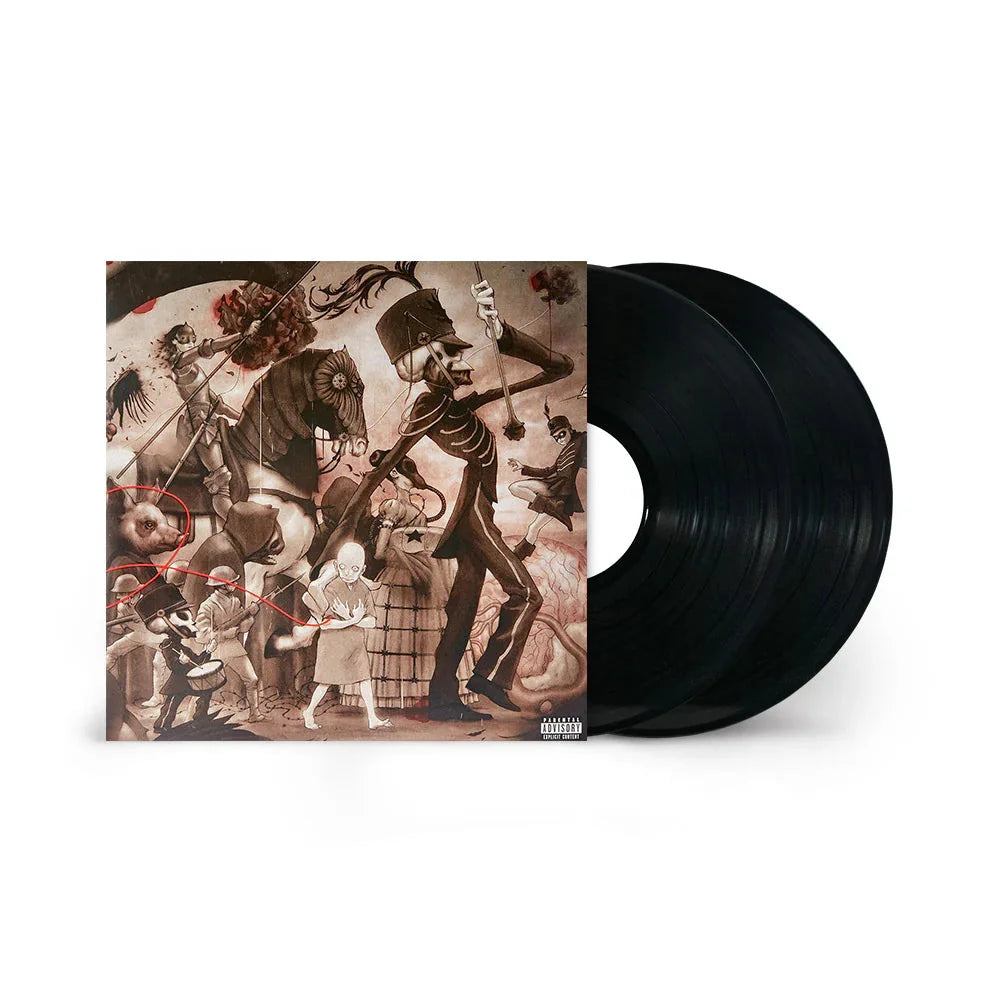

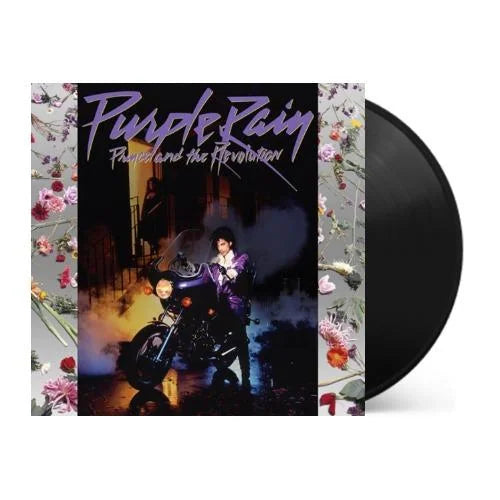


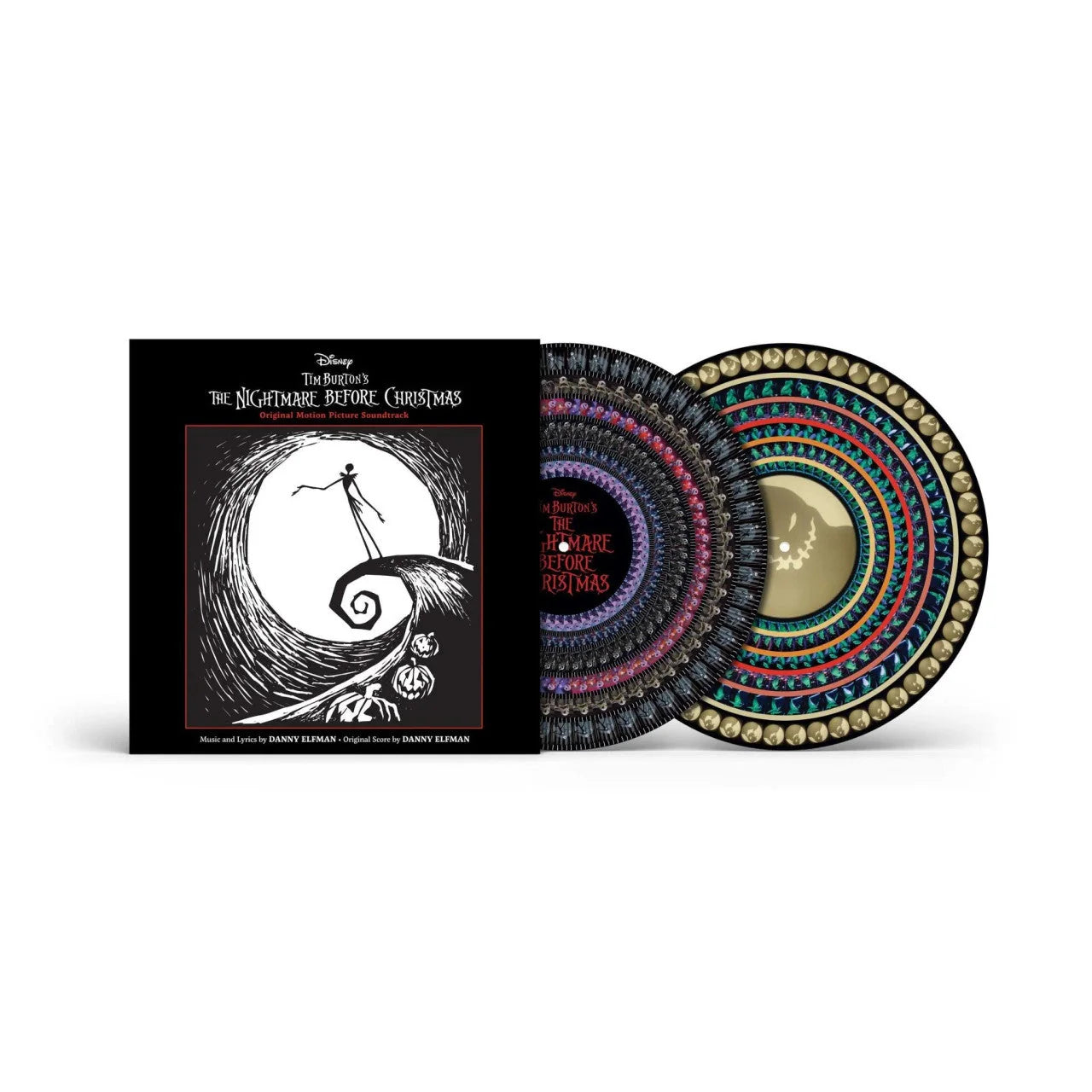

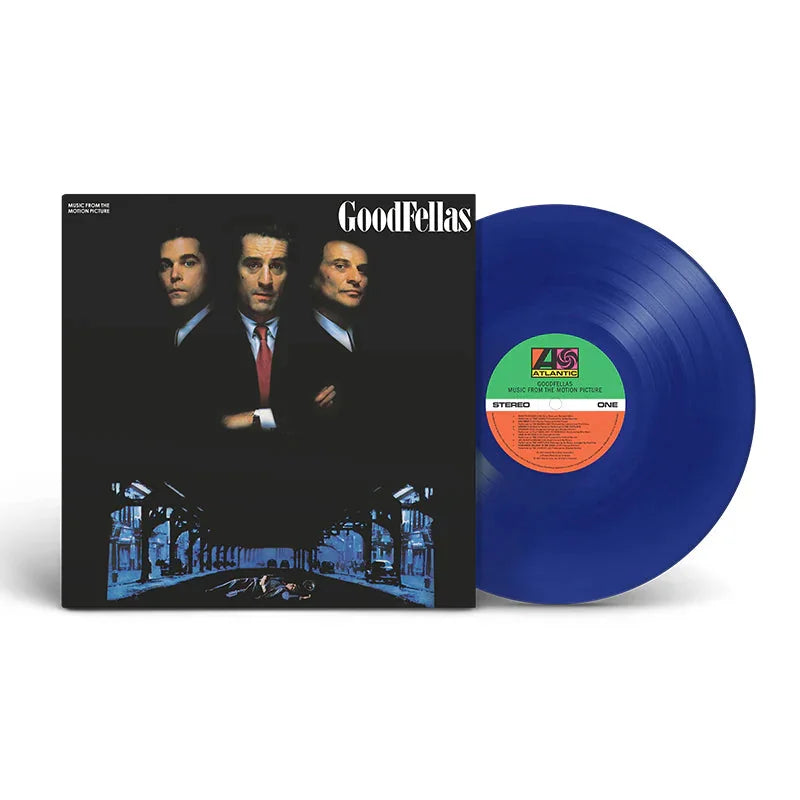
![Transformers: The Movie (Original Soundtrack) [Unicron Marbled 180-Gram]](http://vinyl.com/cdn/shop/files/4417308-3378319.jpg?v=1745982250&width=5760)










